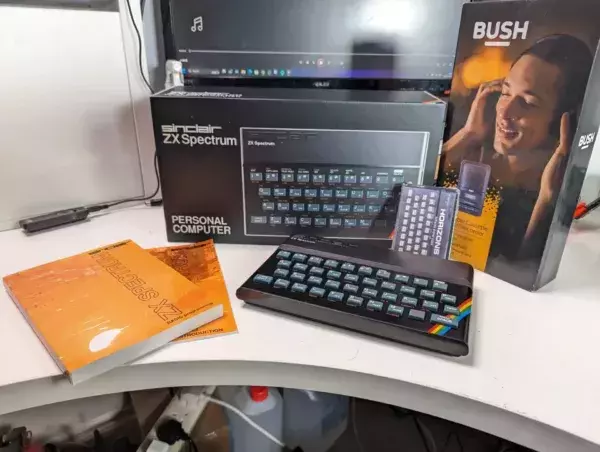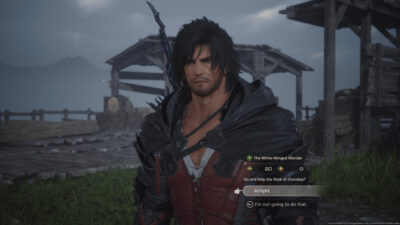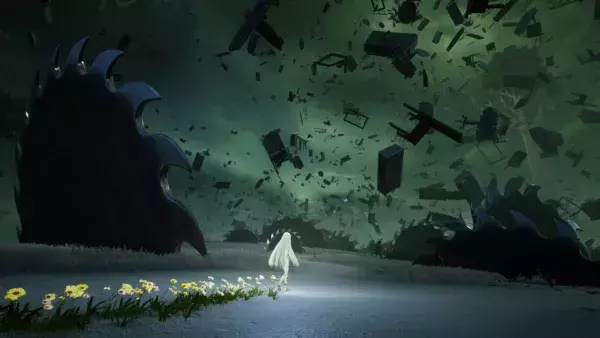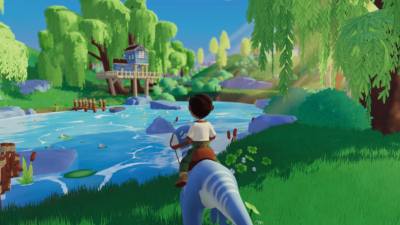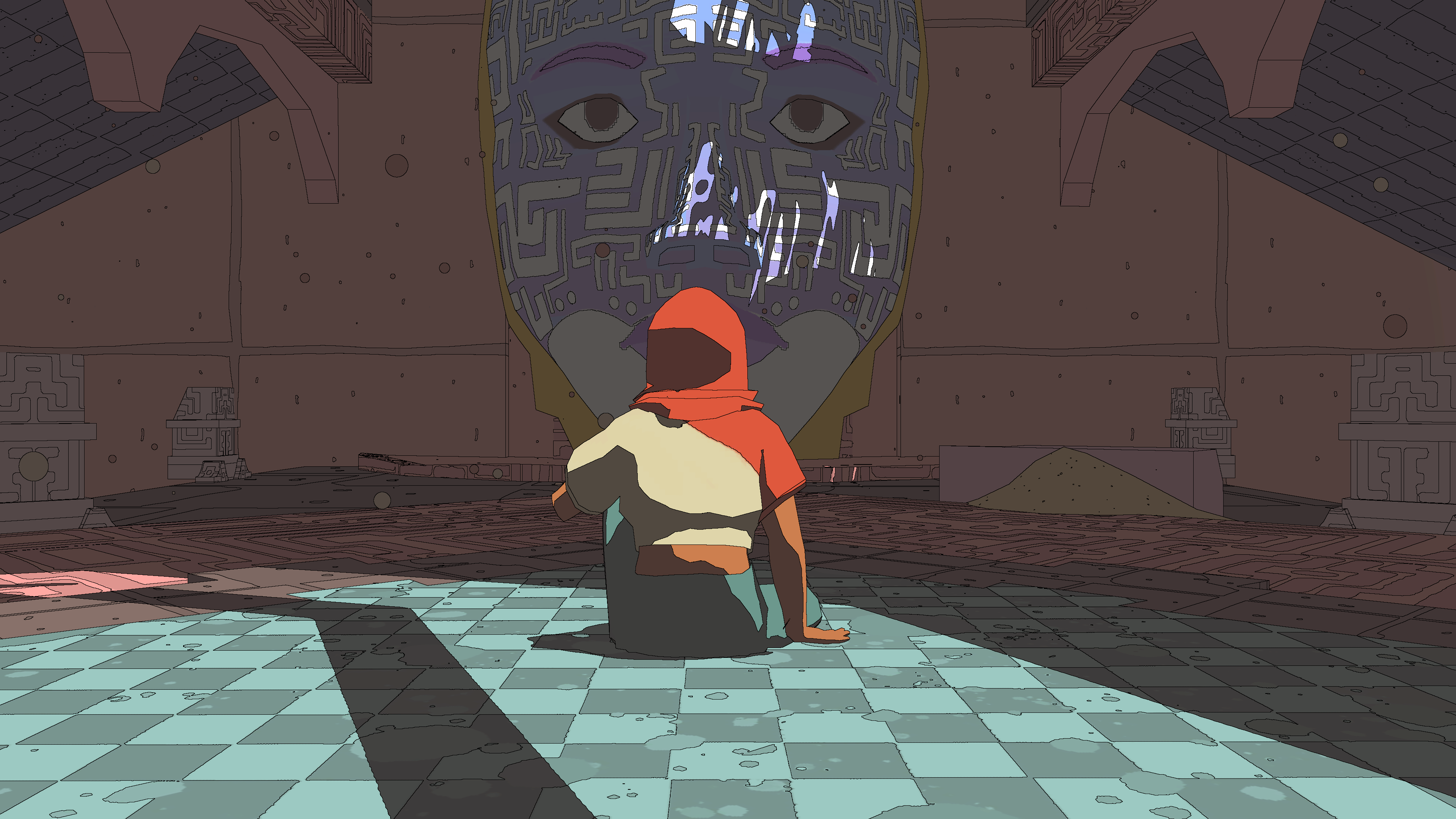
Antony examines the rare few games which dare to let players decide when they end. The Legend of Zelda: Breath of the Wild, we’re looking at you…
There have been three games in the last few years which have featured a unique structure not found anywhere else in the medium. For the purpose of this article, let’s call this the ‘In Your Own Time’ structure. From what I can tell, the first game to format itself this way was The Legend of Zelda: Breath of the Wild, in which, of course, you play as Link, the recently awakened Hero of Hyrule. An evil monstrosity named Ganon terrorises the land, and from the very start, you know it’s your job to defeat him.
After a brief tutorial area, you’re released into the world, and if you so choose, may immediately go and engage Ganon. It’s possible to beat him then and there, without engaging with any of the game’s 100+ hours of free-roaming adventure. It would admittedly be a very difficult fight, but the structure is set: you play Breath of the Wild until you, the player, feel that you’ve done enough, at which point, you go and fight Ganon. That could be 20 hours, just enough to get a few key skills, some better items, and to raise your attributes a bit. Or it could be hundreds of hours, finally showing up better-late-than-never to smash Ganon like some sort of over-prepared Hyrulian Hulk. The important factors here are:
The Rules
1. The must-complete content, also known as the ‘critical path’, is remarkably short compared to the game’s full offering
2. The ending, which can be chosen at any time, is the game’s ‘proper’ ending
3. The game is generally designed not to show a preference for any particular level of completionism

The In Your Own Time structure puzzled gamers at first. Digging back to the months prior to the game’s reveal, when long-time Zelda series producer/director Eiji Aonuma first publicly mentioned BotW’s In Your Own Time (IYOT) structure, you’ll find Reddit posts where fans incredulously try to pick apart his words. “The devs wouldn’t want you to skip all of that story,” states one matter-of-fact commenter, while others assume there’s been a mistranslation because the idea “just seems weird.”
The Indies
But the game came out and did incredibly well. And since possibly one of the best ways to succeed in the indie games market is putting your own spin on a Nintendo design, we have since been treated to two games which also attempt the IYOT structure. The first was Paradise Killer, a detective game in which you must scour a very strange island to solve a murder. It’s full of secret areas, clues, and iconic characters to interrogate, but within the first 15 minutes, you are instructed that you can return to the courtroom to initiate the Trial and accuse anybody you like at absolutely any time. Unlike BotW, there is not even a difficulty barrier to the ending. You simply return when satisfied and point the finger.
The third game in this oddity trio is 2021’s Sable, in which you play a young girl travelling a desert world in search of her purpose in life. In the fiction of the game, your professional or tribal role is determined by your chosen mask, and a variety of masks exist. All the player must do is venture out, find a mask they like, and then return home to solidify their choice. The player even begins their wandering with one such mask, which represents regular members of their birth clan, and they should earn a second within only a few hours of play. Again, there is no difficulty barrier; you must only return and choose a mask.

The Challenges
With the urgency of questing mostly stripped away, these games offer us the chance to fully determine our own pace, without feeling that we’re ‘not playing the game right’. But there are challenges to designing an IYOT game, and not all have yet been solved. First of all, the ending has to be present enough in the player’s mind to not get forgotten. We should actually do the ending once we’re done with exploring. This is a fine balance to strike if you want to avoid pressuring your player into the ending before they’re ready. Also, the end-it-whenever finale has to be agnostic to the length of time which the player has invested. In Zelda, this was largely a failure, as overpowered players could knock down Ganon with great ease. Paradise Killer and Sable fared better by removing challenge entirely, and making the IYOT finale a moment of player expression: expressing a theory in the former, or an emotive choice in the latter. This should have fixed things. But instead, each game struggled to allow players nuance.
For most of its runtime, Paradise Killer feels like you’ll have to accuse someone without knowing for sure that they were responsible, but if you play it for long enough, you’ll find irrefutable evidence. All mystery disappears, your hours of theorycrafting don’t pay off, and only the smoking gun mattered. Similarly, Sable allows for the player to collect over a dozen different masks, but in the end, only a few of these identities are serious choices that any player actually invested in Sable herself would choose. The rest are ornamentation, such as an old space helmet or the decapitated head of a worm. Lacking a payoff in the finale, much of the player’s exploration is invalidated in this moment.
But undeniably, so far this new In Your Own Time structure has provided three-for-three commercial success stories. Hopefully this format will be explored further in projects to come, its challenges overcome, and we’ll all be enjoying the unique stories that can be told when the player is asked, with trust, to set the pace


